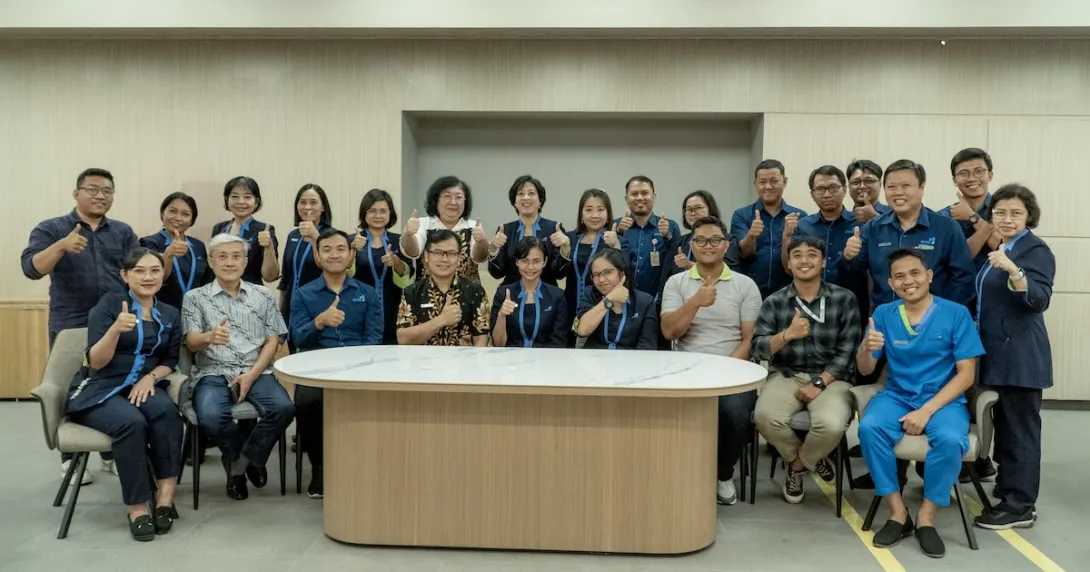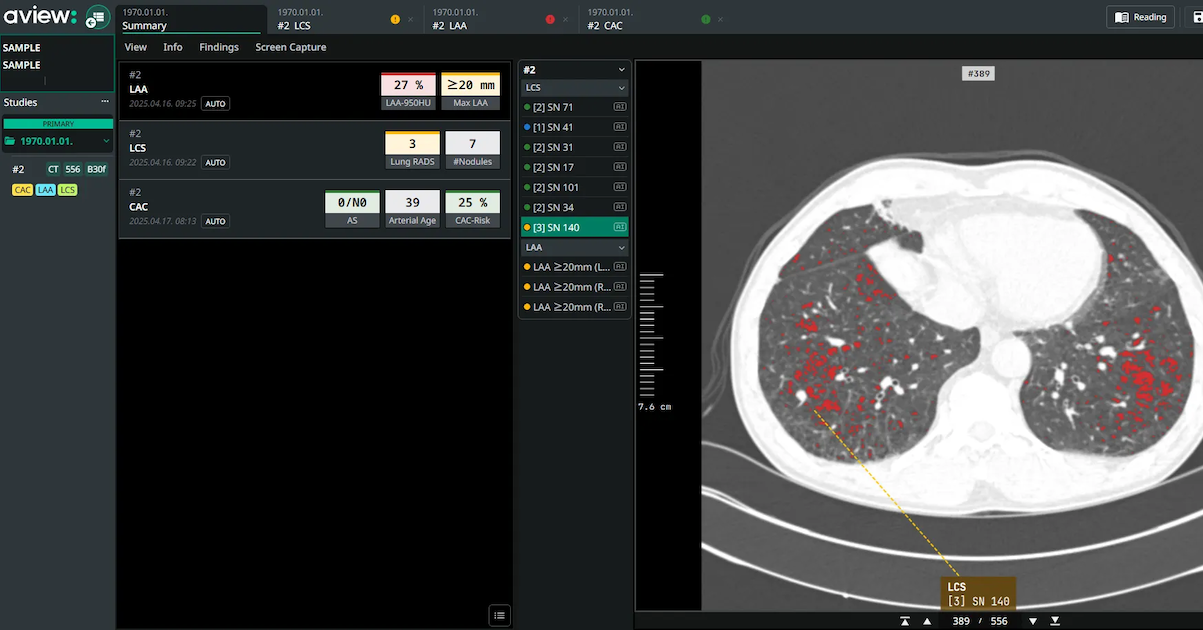
Semarang Medical Center (SMC) Telogorejo Hospital in Central Java, Indonesia, has been validated for Stage 6 of the HIMSS Electronic Medical Record Adoption Model.
The eight-stage model gauges an organisation's maturity in its EMR capabilities.
A journey that started with an app
The 285-bed private hospital began its digital transformation in 2017 with the launch of its mobile application, MySMC. The app provides patients with access to hospital services and health-related information and improves communication between the hospital and patients.
Two years later in 2019, the hospital introduced its EMR system, which combined patient data, including medical records, laboratory results, radiology reports, and updated treatment history. The system also incorporated electronic prescribing with alerts for allergies, maximum dose, and drug interactions.
The following year, 2020, Dr Alice Sutedjo Lisa, CEO of SMC Telogorejo, said the global pandemic "forced [the hospital] to think about how to utilise the system to serve customers without being limited by space and time." SMC was already seeing nearly 480,000 outpatients and 69,000 inpatients each year. To meet the increasing demand for care, the hospital introduced teleconsultation and a 24/7 multichannel contact centre, featuring a virtual chatbot that has been helpful for senior patients who are less technology-savvy.
Online reservations, payments, and digital queue monitoring were also added to the MySMC app. "It allowed us to streamline the patient scheduling process, reduce waiting times, and minimise the need for physical waiting areas within the hospital," Dr Lisa explained.
A year later, in 2021, the hospital began to integrate AI and big data for business analytics, while connecting IoT medical devices with its HIS to develop a clinical decision support system.
"IoT allowed us to enhance the EMR system to the next stage," said Dr Lisa. For instance, it enabled the real-time entry of vital signs data, supporting closed-loop processes for medication administration, blood product transfusions, laboratory tests, and breastfeeding.
In 2023, the hospital started linking the database of its MySMC app to the Indonesian government's national health database, following state regulations. It also subscribed to clinical decision support and drug reference resources, UpToDate and Lexicomp.
Following a meeting with HIMSS in the same year, the hospital worked on implementing the standards of the EMRAM from Stage 5.
Meeting global EMR standards
SMC Telogorejo found that HIMSS standards aligned with its digital transformation mission. "The standards pay great attention to patient safety and have a great deal of experience with clinical information needs. [They] helped us use EMR data and condense it in a clinical decision support system to make useful decisions about medication and therapy," shared COO Glenda Angeli.
"Other IT firms occasionally produce excellent software, but they don't always integrate patient safety features," she noted.
In preparing for its EMRAM validation, SMC Telogorejo had to review and enhance various processes. The hospital established a more comprehensive notification function in the MySMC app and incorporated more structured data into its EMR systems. Data processing for clinical decision support was also improved, along with adding more data types such as diet order notes and physiotherapy progress assessment reports to the hospital’s HIS.
Collaboration with IT vendors and suppliers was also paramount, enabling interoperability and integration of various applications, such as LIS, RIS, PACS, ICCA, SATUSEHAT, and JKN Mobile.
Engaging the workforce
In its journey, SMC Telogorejo primarily faced change management challenges and limited technological know-how among staff, which required "fairly high investments" to address, according to the hospital.
"However, with the support of all stakeholders – from the owner and the management to the entire team – it can all be overcome, and our entire team was in high spirits in improving the quality of service," stressed B. Roberto Tampubolon, Corporate IT Officer at SMC Telogorejo.
"In change management, we involved clinicians and listened to their input regarding the use of digital technology and figured out how we can make their work easier and convinced them that digital tools are not a burden," added Angeli. "We also provided education on the intent and purpose of EMRAM, mainly to support them in realising patient safety and building a better clinical decision support system."
"We gained a lot of insights [from the HIMSS EMRAM], including building a digital technology system not just as an administrative need, but also how to develop it for the benefit of patients and better medical quality."
Glenda Angeli, COO, SMC Telogorejo Hospital
More than digitising
SMC Telogorejo is now planning to undergo the HIMSS Digital Health Indicator assessment. It is also preparing its system to enable remote patient monitoring as value-added care to improve the patient experience further.
"Following the EMRAM validation, our digital transformation becomes more detailed: every piece of information we process becomes more optimal and accurate with more structured data."
B. Roberto Tampubolon, Corporate IT Officer, SMC Telogorejo Hospital
"EMRAM 6 has improved our patient experience – our Google review to 4.9 – and our clinician satisfaction; all our quality indicators are improving as well," added Angeli.
"Digitalisation is much more than just making everything digital; it's about how we use digital technology to put our full effort and heart into patient safety and customer satisfaction."
Dr Alice Sutedjo Lisa, CEO, SMC Telogorejo Hospital


